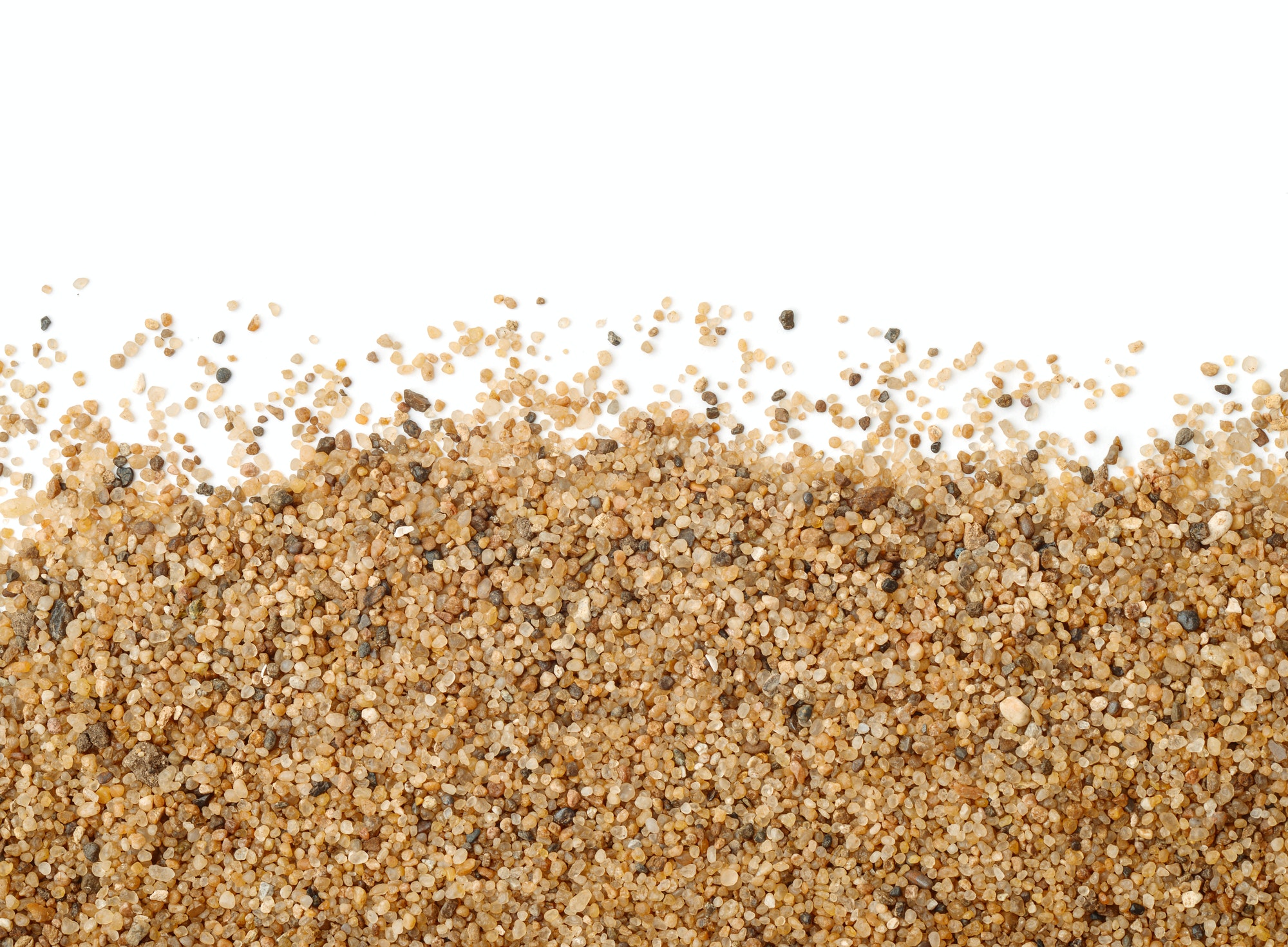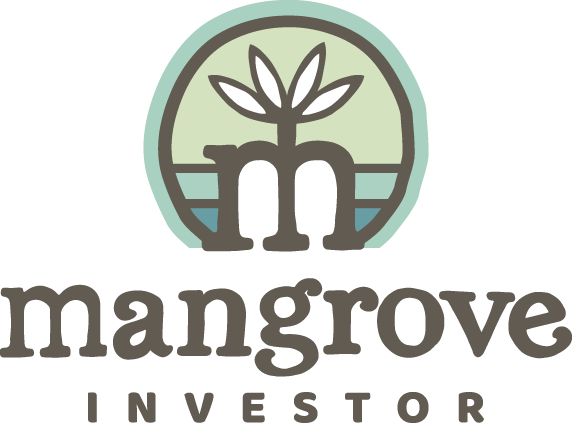

A Micro-Cap Company That Could Disrupt Solar-Panel Makers World-Wide
Solar power is the success story of the last decade.

In the United States alone, the solar power industry grew from a $2 billion market in 2014 to a market worth over $10 billion in 2021. The U.S. produced 115 billion kilowatt-hours of electricity that year.
That’s about 2.8% of all the electricity generated in the U.S. – enough to power 3.9 million houses.
Solar power production has grown 42% per year over the last decade. As our energy landscape changes, solar production continues to grow faster than anything else. It ranked either first or second among energy production methods in new electric capacity every year for the last eight.
And in 2020, 43% of new electric capacity came from solar alone. That was the largest increase in a sole source generating capacity ever.

And solar gets more competitive every year. In 2010, solar power made up 0.1% of the U.S.’ generating capacity. Today, it makes up 4%. That’s important for our electric power supply.
And it’s not just in the U.S… Solar will be the fastest-growing source of electricity in the world through 2050.
As we can see, the analysts at the Energy Information Administration (EIA) believe there will be major growth in solar. We see that growth tied to technological breakthroughs in solar panels and in storage.
What Will Drive Solar’s Growth Over the Next 3 to 5 Years?
We all know there are limitations to solar power. As every anti-renewable voice out there will point out, solar’s one big flaw is night.
As if it’s some impossible barrier to using solar power for energy. Of course, that’s ridiculous. The sun is the source of 99.9% of all the energy in the world. Fossil fuels come from prehistoric plants that turned the sun’s energy into sugar molecules. Heat and pressure in the earth after eons of fossilization turned those sugars into carbon chains, which are extremely efficient organic batteries.
Gasoline’s energy comes from the sun. Coal’s energy comes from the sun.
However, to use that energy, you need to burn them. That’s the root of the problem… and the solution all in one.
Solar panels generate electricity from the same source without polluting the air with smoke.
The key for new solar will be new batteries – big batteries. That way, we can store solar power for use any time. Engineers are on it. And electric battery storage is a growth sector the U.S.
According to the EIA, about 14.5 gigawatts (GW) of battery storage power capacity should come online in the U.S. between 2021 to 2024. Two thirds of that, 9.4 GW, will go next to a solar power plant.
That’s a huge shift. In the past, most power plants stood alone. However, alternative power plants like solar and wind work best with storage – an entirely new infrastructure that will be built alongside these new plants. As solar and wind power continues to grow, so will demand for large-scale batteries.
This is an important sector for us as investors. It meets our two most important criteria – growth and benefit. We have seen how quickly solar power is growing. And its forecast looks promising. That’s important because it will grow our investment dollars.
In addition, alternative power is necessary to reduce carbon emissions in the future. That’s the obvious benefit. However, there are complications to solar… namely from the supply chain.
You see, today, North America’s solar panels are all imported from Asia.
That means they arrive with a large carbon burden in place – because it took considerable energy to mine the sand, make the glass, construct the panels, and ship them all to North America. And in Asia (but in China particularly) that energy comes from fossil fuels like coal and oil.
That’s a problem when we ultimately want to use these panels to reduce carbon. It can take years of generating solar power to offset the carbon costs to make and move them.
But this month, we found a tiny Canadian company striving to end that. At the very least, this company will shorten the supply chain from thousands of miles to a few hundred. And at best, it will help make carbon-neutral solar panels inside North America.
Let me introduce Canadian Premium Sand (TSX V: CPS).
The company fills a need in North America. Today, nearly all the solar panels installed use a 3.2-millimeter thick, tempered, and patterned glass as the outer layer.
There is a major need for patterned glass manufacturing in North America. The high demand for solar panels, the traffic jam of imports, and skyrocketing cost of materials creates a need for local sand sources.
Industry analysts project demand for solar glass in North American will grow 20% annually for the next decade. CPS’ facility will be one of only a few sources for patterned solar glass in North America. That creates a huge early-mover advantage for the company.
Today, domestic solar panel manufacturers are at the mercy of imports. Costs are soaring for everything from glass to fully assembled panels. Wait times have soared. It’s the perfect time for CPS to launch this business.
Risks and Rewards
As we said, the company must transition itself from quarrying sand for fracking to a world class solar glass manufacturer. That shift in business plan carries risk for investors.
That’s why we can buy the stock cheaply today.
Because of this transition, we project a longer holding period for CPS than we would normally recommend. That means first glass pour won’t occur until the end of 2023. And we don’t know exactly when the market will recognize the value of the company.
This investment carries risk – the first is dilution. The company needs to raise money to build out the quarry and its plant. The only way it can do that is to issue new shares. That will increase the total share count, making each share less valuable.
That’s acceptable if the value of the company rises faster than dilution. That’s why we are buying it now, while the price reflects the risk and time commitment.
Our second risk is operational. Each time the company hits a snag (and it will) in its construction, the price will drop. That will require us to re-evaluate our position each quarter. But that also brings us an opportunity.
This is a stock that we should build our position in slowly. Buy a little now, wait for the share price to drop, buy a little more. If the company’s plan continues to move forward, we can use those operational issues to add to our position.
We also have the risk of a collapse in the solar market. That means the value of the sand will underpin our investment because high-purity sand is valuable. Here’s what I mean…
We have a comparable deal to work with. In October 2021, Flat Glass Group, a Chinese solar glass maker, bought two quartz sand mines for $570 million. The mines hold 58.3 million metric tons of sand total. That works out to about $9.77 per metric ton of sand.
Today, we can buy CPS’s sand for just $2.35 per metric ton. That’s a substantial discount because while we know that CPS has 7.25 million metric tons of sand, that is only a formal classification of the volume of sand in the deposit, not the amount they can mine. We’ll need to wait for a formal report to come out, to see exactly how much CPS has as a reserve. But to put it simply, we can easily double our money here, even if it has only 5 million metric tons. But I think we will do much better than that.
The company believes it’s actually sitting on sand deposits upwards of 23 million to 26 million metric tons. That would push the valuation up over C$200 million, from its current C$16 million market cap.
That’s a huge reward, based on the sand valuation alone.
The company has a solid goal of being a carbon neutral solar glass producer in North America. If they succeed, this is a multi-billion business.
That means, if we are patient, this investment has enormous potential returns.
Action To Take: Buy Canadian Premium Sand (TSX V: CPS) up to C$0.50 per share. We will evaluate this position quarterly as they work towards their milestones.
We need to discuss is just how small this company is. Few shares trade in a day, or even a week. I spoke with management in late May 2022. They joked about the stock trading by appointment. And if you want to buy a large block, it may be worth contacting the CEO to set up that deal.
For the rest of us, we have to nibble this stock. We want to build our positions slowly, so we don’t tip off the market that we’re interested. Think of it like sneaking up on a wild animal on photo safari.
We want to get that perfect photo, without sending the critter running scared. Buying CPS is just like that.
Please do not try to buy ten-thousand dollars of this stock with a market order. That’s like stomping into view waving your hands in the air. You won’t get the shot and in this case, you will drive the price way up…briefly. You’ll end up paying way too much, and spoiling the market for everyone (for a few days or weeks, anyway).
You will also get the company in trouble with the Canadian-version of the SEC…because they will want to know if there’s some kind of news leak. I’ve seen this happen a million times. So, let’s all be disciplined about buying shares.
We need to use a strict limit order. If you don’t know how to use a limit order, ask your broker. It’s not hard. And it is a critical skill when buying stocks.
To buy CPS, set your price at or just below the current trading price and let it go.
PLEASE DO NOT GET IMPATIENT.
If everyone tries to buy at once, we will drive the price up. You can get your shares, but it may take a week or two. And that’s fine. There isn’t any short-term catalyst that will send this stock soaring in the next couple of weeks.
We want to buy this stock as cheaply as we can get it. Our holding time will be in the 24 month-48 month range.
I’m excited by CPS’s potential. It brings us an opportunity to easily double our money in the sand alone. And it offers us an achievable 1,000%+ gain as it builds out its plan for a new, carbon-neutral solar panel plant.
There are risks involved, due to its size, transition, and long-term plan. However, the shares are inexpensive relative to the value of the sand asset. That’s what underpins the value of our position today.
For the good,
Matt Badiali


